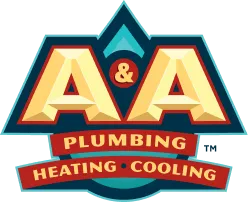Stay Warm at Home with a Complete Winter Checklist
There is nothing more appealing than curling up inside your home when it is cold outside. However, unless you take steps to make sure that your home is ready for the season, you may not be able to rely on that comfort.
What’s more is that your home could be filled with hazards as the temperature drops, so be on alert to prevent accidents.
Smoke and Carbon Monoxide Detectors: Your First Line of Defense
There are few more important items to have in your home than your carbon monoxide and smoke detectors. Having these in good working order can save your life.
Get in the habit of checking them both every year (typically late spring and late fall) to make sure that they are operational and have fresh batteries.
Carbon monoxide is tasteless and odorless, so you need to be alerted at the first sign of danger. A smoke alarm may give you precious minutes to escape your home in the event of a fire.
As an extra safety precaution put a fire extinguisher on each floor. Check the expiry date before you do so.
The Importance of Ventilation and Insulation
You’ve got to control the airflow in your home to make sure that it heats evenly during the winter months. Excess moisture can cause problems with heating, so a whole home ventilation system is advisable.
If you don’t have a heat exchanger, open a couple of windows open a tiny bit for a few minutes a day. Pay particular attention to “known” damp areas like basements and crawl spaces.
Not only will too much moisture cause problems with the heat, you could reduce your indoor air quality, with the growth of mold spores. To be comfortable indoors this winter, you need to make sure that your home is well-insulated and airtight.
As heat rises, start up in the attic. Make sure that insulation is snugly placed against the walls and roof. If not, push it back into place with a broom. Inspect window and doors for cracks. Apply caulking or weather stripping to block the air flow. If you have a chimney, make sure that the flue is closed when you aren’t using it.
